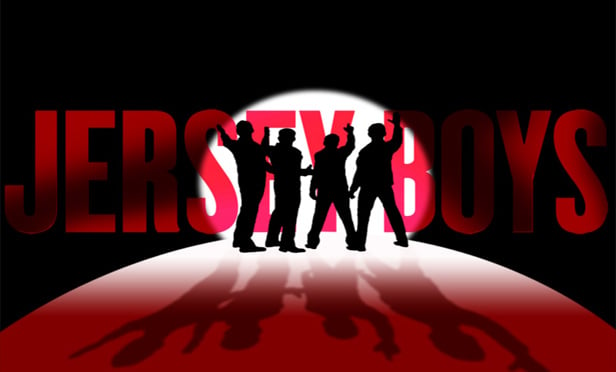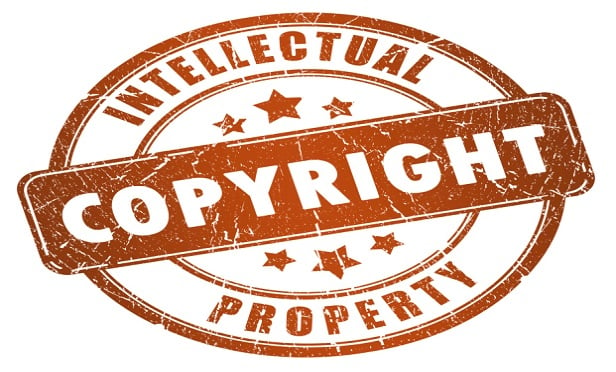Features

To Embed, or Not to Embed, that is the Question
Would Shakespeare Post Hamlet on Instagram in 2020? While the sound distracting you hear from this article may well be William Shakespeare rapidly turning in his grave like the Mad Hatter Teacup Ride at Disneyworld, recent legal and procedural developments associated with the ubiquitous Instagram social media site have created significant practical and legal risks for both copyright owners and account holders that would have even vexed the Bard himself.
Features

Legal Issues and Monetization Strategies In a Quarantine-Streaming Music World
Part One of a Two Part Article While the livestreaming of music performances is not an entirely new phenomenon, the COVID crisis has transformed the live performance landscape, compelling artists from around the world to reach their fanbase by producing "quarantine streams," in which they livestream their sets on social media platforms. Unsurprisingly many questions have arisen.
Features

Fair Use Applied to Embedded Photograph
The extremely flexible character of social media has required equal flexibility in courts' intellectual property analysis. Happily, under U.S. copyright law, that kind of flexibility is possible.
Features

What 11th Circuit Ruled in Copyright Suit Over Netflix's Narcos Series
The U.S. Court of Appeals for the Eleventh Circuit ruled in favor of Netflix in finding that one of its shows didn't infringe the copyright of a Colombian journalist who wrote a memoir about her affair with drug kingpin Pablo Escobar and the rise of the Colombian drug trade.
Features

Fifth Circuit's Decision in Sampling Case Considers Automatic Liability Controversy
The U.S. Court of Appeals for the Fifth Circuit ruled in favor of internationally successful hip-hop duo Macklemore & Ryan Lewis in a music sampling suit brought against them by New Orleans jazz musician Paul Batiste.
Features

'Asserted Truths' Doctrine Used to Decide Jersey Boys Copyright Dispute
In a recent decision, the Ninth Circuit held that materials taken from an autobiography of Tommy DeVito — an original member of The Four Seasons music group — and used in the Broadway musical Jersey Boys depicting the band's history and hits, comprised facts and other noncopyrightable expression.
Features

To Embed, or Not to Embed, that is the Question
Would Shakespeare Post Hamlet on Instagram in 2020? Recent legal and procedural developments associated with the ubiquitous Instagram social media site have created significant practical and legal risks for both copyright owners and account holders.
Features

Are Rule 12(b)(6) Dismissals In Copyright Infringement Lawsuits In Danger?
Until recently, the Second and Ninth Circuits have both been receptive to dismissals under Rule 12(b)(6) if the court determines the plaintiff cannot plausibly state a claim of copyright infringement because the two works are not substantial similar. However, a pair of recent "unpublished" Ninth Circuit reversals involving prominent motion pictures stand in contrast to a recent Second Circuit decision affirming such a dismissal.
Features

In Decision of First Impression, Court Decides 'Gap Grants' Can Be Terminated Under §203 of U.S. Copyright Act
In the 1976 Copyright Act, Congress inserted a termination right for authors or their successors for pre-January 1, 1978, assignments of copyrighted works. However, the legislators didn't directly address a key issue: how to determine termination rights for what are known as "gap grant" works — that is, those created post-1977 under copyright assignments made before then.
Features

FL Federal Court Rules 'Despacito' Doesn't Infringe on 'Despasito'
Federal Judge Kathleen Williams recently analyzed the hit song "Despacito" in a copyright lawsuit in the U.S. District Court for the Southern District of Florida, when she found its writers had not copied an earlier Spanish song with the same name.
Need Help?
- Prefer an IP authenticated environment? Request a transition or call 800-756-8993.
- Need other assistance? email Customer Service or call 1-877-256-2472.
MOST POPULAR STORIES
- The DOJ's Corporate Enforcement Policy: One Year LaterThe DOJ's Criminal Division issued three declinations since the issuance of the revised CEP a year ago. Review of these cases gives insight into DOJ's implementation of the new policy in practice.Read More ›
- Delaware Chancery Court Takes Fresh Look At Zone of InsolvencyOver a decade ago, a Delaware Chancery Court's footnote in <i>Credit Lyonnais Bank Nederland, N.V. v. Pathe Communications</i>, 1991 WL 277613 (Del. Ch. 1991), established the "zone of insolvency" as something to be feared by directors and officers and served as a catalyst for countless creditor lawsuits. Claims by creditors committee and trustees against directors and officers for breach of fiduciary duties owed to creditors have since become commonplace. But in a decision that may have equally great repercussion both in the Boardroom and in bankruptcy cases, the Delaware Chancery Court has revisited zone-of-insolvency case law and limited this ever-expanding legal theory.Read More ›
- Compliance Officers: Recent Regulatory Guidance and Enforcement Actions and Mitigating the Risk of Personal LiabilityThis article explores legal developments over the past year that may impact compliance officer personal liability.Read More ›
- How Far Can You Reach? The Territorial Limits of Lanham Act Infringement and False Designation of Origin ClaimsOn June 29, 2023, the U.S. Supreme Court set new geographic limits for infringement and false designation of origin claims raised under Sections 1114 and 1125(a) of the Lanham Act. Given the global nature of business today, the decision highlights the need for trademark owners to continually reassess and, perhaps, expand their international trademark registration strategy as product lines and brands become more international in scope.Read More ›
- Use of Deferred Prosecution Agreements In White Collar InvestigationsThis article discusses the practical and policy reasons for the use of DPAs and NPAs in white-collar criminal investigations, and considers the NDAA's new reporting provision and its relationship with other efforts to enhance transparency in DOJ decision-making.Read More ›
